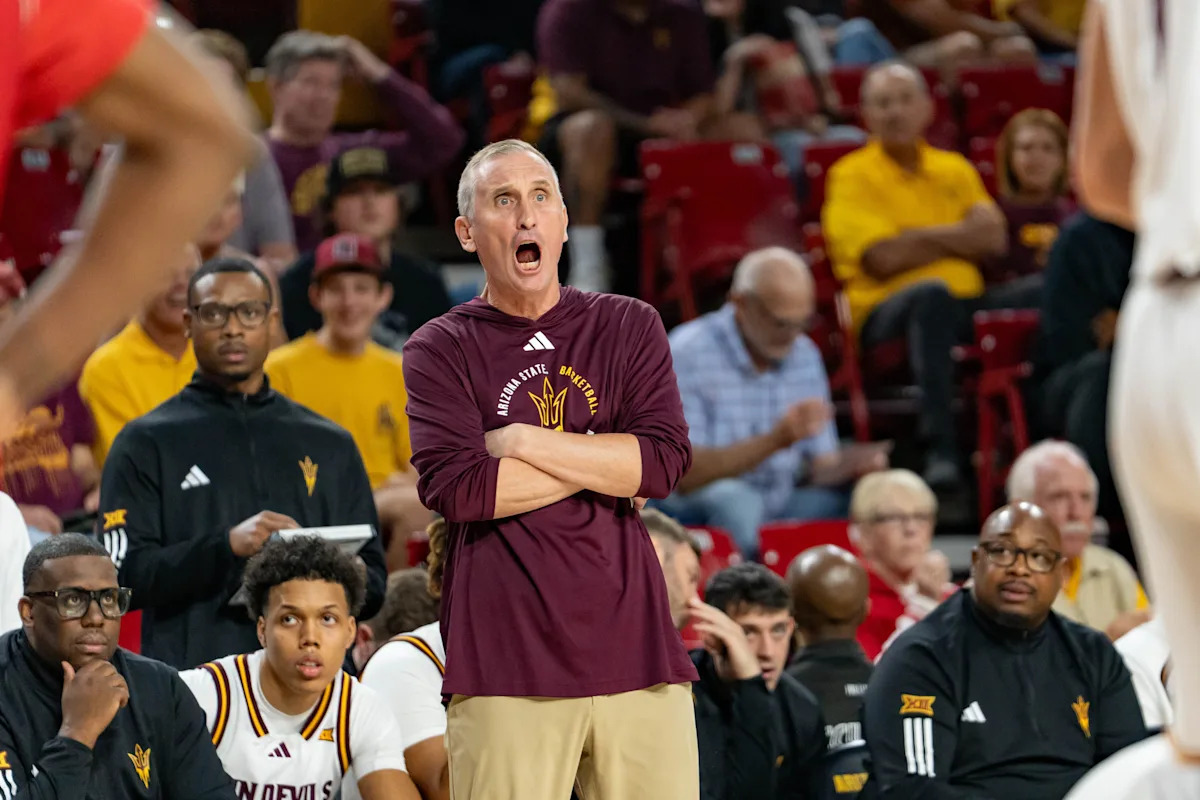The Big Ten is in discussions about a private capital deal that would infuse at least $2 billion into the league and its schools, sources told ESPN on Wednesday.
The discussions include a 10-year extension of the league’s grant of rights until 2046, sources told ESPN, which would ensure long-term stability in the Big Ten.
According to sources, the private capital deal and grant of rights extension have been discussed for months and presented in multiple forms. A deal and the grant of rights extension would also be a distinct blow to the outside entities attempting to form super leagues around college sports.
While there is support from nearly the entire league, according to sources, a few of the league’s biggest brands — including Ohio State and Michigan — are still in discussions with the league. The aim is to have unanimous support before a vote, sources told ESPN.
A decision either way on the private capital deal is expected in the upcoming weeks from the schools in the Big Ten, sources said, and nothing is considered imminent or certain. There are three different private capital entities being considered by the Big Ten, sources told ESPN, and the league has not taken a vote on any plan.
Editor’s Picks

Like most businesses, athletic departments can always use more money to cover ever-increasing costs. The need is particularly acute now for schools with middle and lower revenues within the league after the NCAA’s recent settlement of legal cases that has led to direct revenue sharing with athletes.
The setup being discussed, sources said, is that this will essentially be the formation of a new commercial entity within the Big Ten that would house all revenue generation such as media rights, sponsorships and league revenue streams.
The working title for the new entity is Big Ten Enterprises, sources told ESPN.
The private capital company would get money back through the new entity through annual distribution in proportion with its financial stake. The Big Ten will essentially have 20 equity shares, comprising the 18 schools, the league and this investor.
Sources told ESPN that this setup eliminates the need to give an outside investor a specific portion of control over decisions or board seats, something that college presidents have generally been uncomfortable with.
“Think of it this way — the conference is not selling a piece of the conference,” a league source told ESPN. “Traditional conference functions would remain 100% with the conference office — scheduling, officiating and championships. The new entity being created would focus on business development, and it would include an outside investor with a small financial stake.”
Breaking News from Pete Thamel

Download the ESPN app and enable Pete Thamel’s news alerts to receive push notifications for the latest updates first. Opt in by tapping the alerts bell in the top right corner. For more information, click here.
One of the philosophies behind the proposed move, which is being shepherded by Big Ten commissioner Tony Petitti, is that the league believes its ability to generate revenue holistically has been underserved, and they’d be sharing a small percentage of greater profits back with the outside investor.
It also helps the league potentially better scale and leverage its 18 members.
Another source familiar with the Big Ten’s discussions summed it up this way: “We’re underselling the strength of what we do the way we are structured. This is a way to organize ourselves better.”
As a micro example of that, Nebraska athletic director Troy Dannen was quoted in an Associated Press article last week on the looming discussion of teams wearing corporate logos on their jersey: “If you jump in now, and I’m going to get a little bit [of money] because of the jersey patches. I would really like to see if there’s an opportunity for our conference to put all those jersey patch rights together and, all of a sudden, they’re worth a whole lot more to the institutions when 18 are playing instead of just one.”
The potentially groundbreaking plan, which has been presented across the 18-member conference over the past few months, calls for immediate cash payments to each school, the amount based on a formula that factors in numerous variables including current budgets.
The amount of those payments is still being discussed, but the basic format, sources told ESPN, is believed to be tiered. All schools in the league are expected to receive at least a nine-figure amount up front.
The final financial details are still being discussed as bigger brands are expected to receive more money.
“Our membership has clearly expressed the need to modernize the operations and structure of our conference to ensure that the Big Ten remains best positioned to offer the highest level of athletic and academic excellence in a rapidly evolving landscape,” a Big Ten spokesperson told ESPN in a statement when asked about the private capital.
“Over a year ago, we initiated a comprehensive evaluation of our practices to identify partnerships that could secure the financial stability of our member institutions and allow us to not only protect, but expand, opportunities for our student-athletes. This is an ongoing process, and we remain committed to finding a path that strengthens the conference for the future.”
























